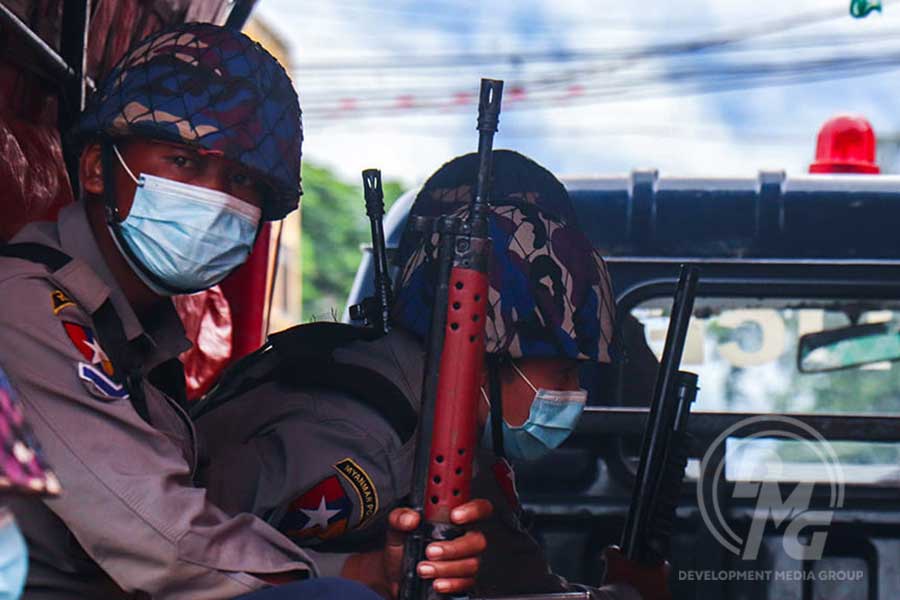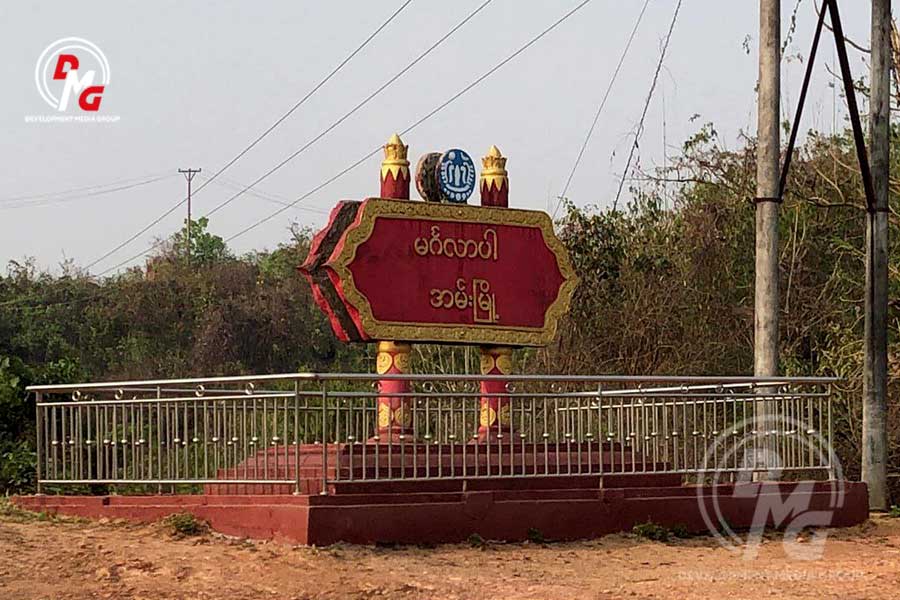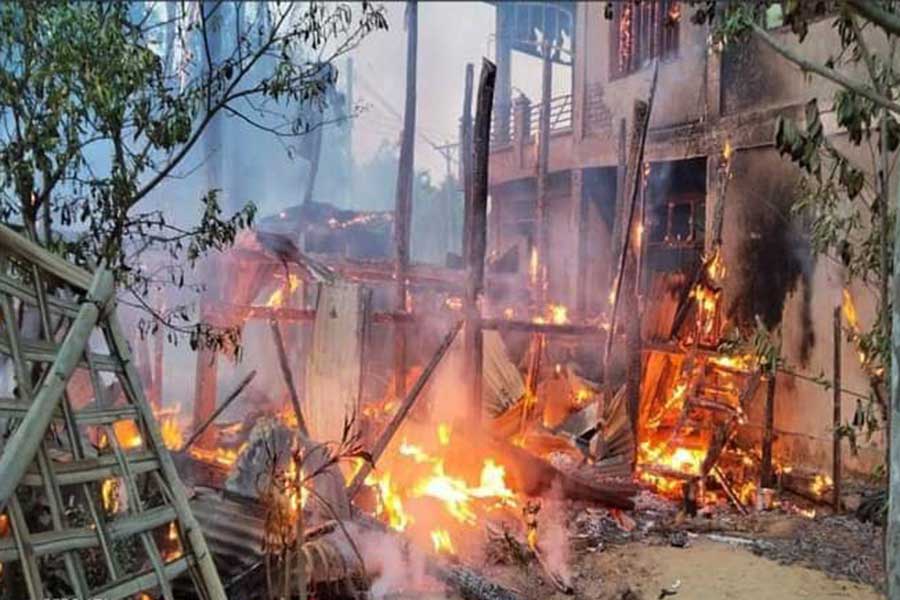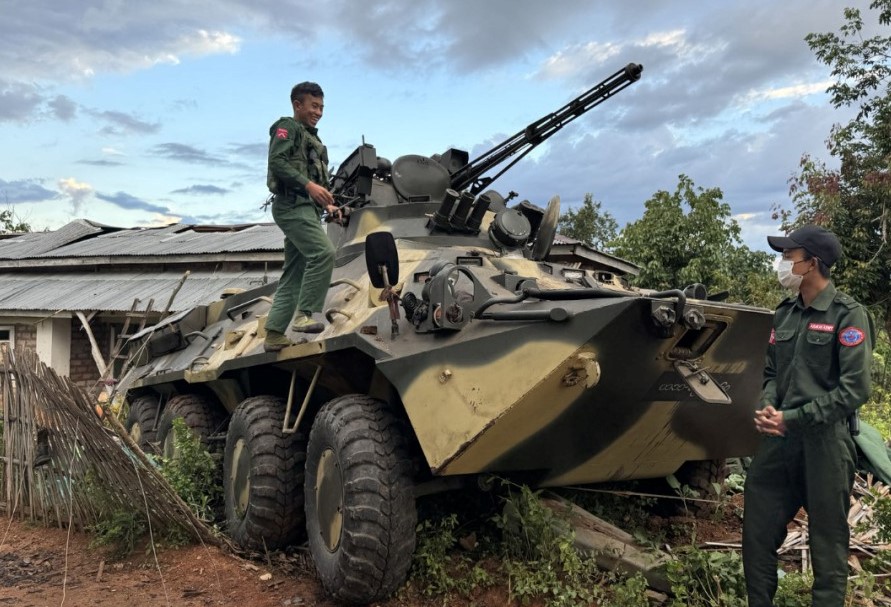- Junta conscripts 500 Muslims in Sittwe
- Thousands of houses torched, bulldozed by junta in Buthidaung
- Driver killed, two injured as junta soldiers open fire on bus in Thandwe Twsp
- Regime shelling kills two civilians, injures another in two Arakan State townships
- Septuagenarian loses leg in landmine explosion in Kyaukphyu Twsp
Child casualties from landmines and UXO highest in Arakan State: UNICEF
More than one-third of reported casualties from landmines and unexploded ordnance (UXO) encounters in Myanmar are children, according to UNICEF Myanmar, which said Arakan State has the highest rate of reported child casualties, with children accounting for 47% of the total.
07 Apr 2021
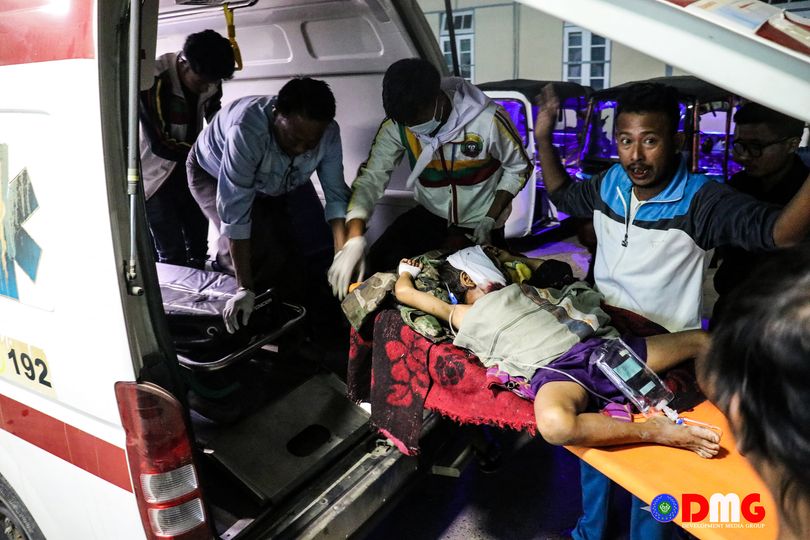
DMG Newsroom
7 April 2021, Yangon
More than one-third of reported casualties from landmines and unexploded ordnance (UXO) encounters in Myanmar are children, according to UNICEF Myanmar, which said Arakan State has the highest rate of reported child casualties, with children accounting for 47% of the total.
The UN children’s agency on Tuesday also expressed “deep sorrow” over the recent deaths of two children, ages 2 and 5, and their mother, following the explosion of an explosive remnant of war (ERW) near their home in Shwe Pyi village, Kyauktaw Township. A third child, age 7, was injured in Sunday’s blast.
Many Arakan State residents live with the dangers of landmines and ERW as a consequence of the two-year-long conflict between Myanmar’s military and the Arakan Army (AA).
UNICEF said it is working with NGOs to educate children about the danger of landmines and assist those injured by landmines and other forms of unexploded ordnance.
According to the Rakhine Ethnics Congress, more than 40 civilians were killed and over 80 were injured by landmines and ERW across Arakan State since the fighting broke out in December 2018.
Arakan State Administration Council member Colonel Min Than has said some demining is complete in Rathedaung, Kyauktaw, Mrauk-U and Minbya townships, and the military council is negotiating with the AA to clear more landmines in forests, along mountains and on other infrequently trafficked terrain.
“Mines have only been cleared along the highway. Mines should be cleared mainly in places where troops were stationed and where clashes took place. Only then, people will be able to return home safely,” said REC Secretary Ko Zaw Zaw Htun.
Of the tens of thousands of people displaced by the Tatmadaw-AA conflict, many say they are hesitant to return to their homes in part due to landmine and ERW risks.

